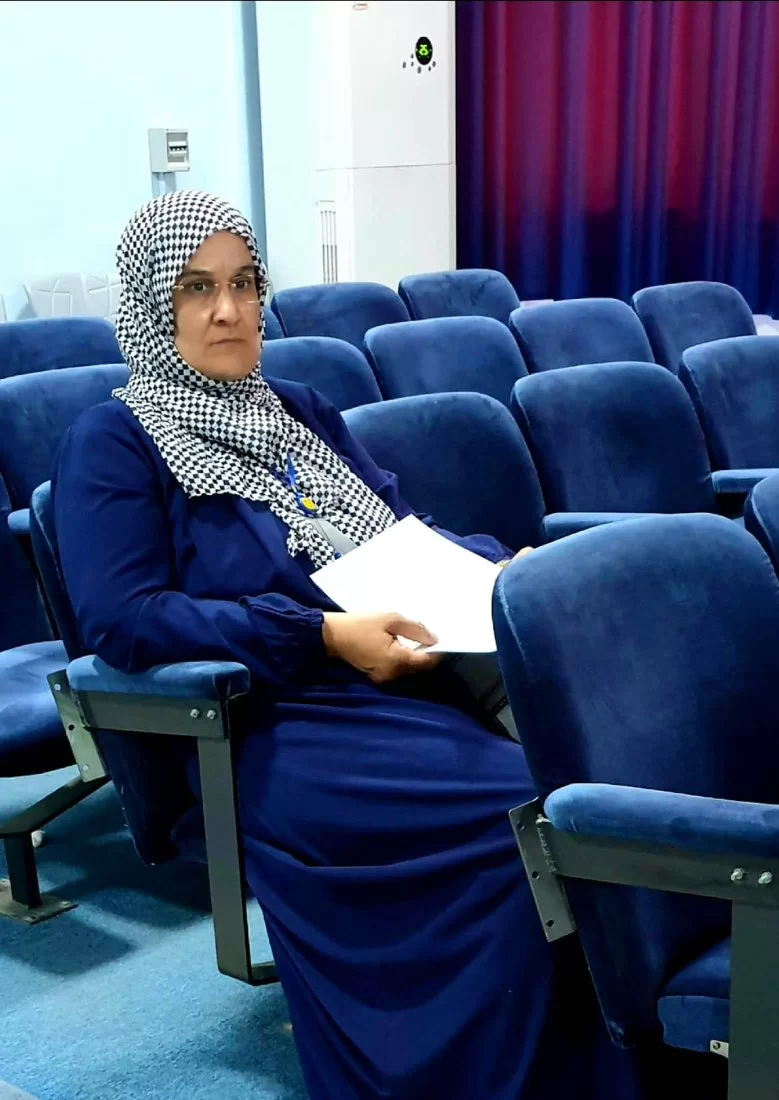قسم علم النبات
المزيد ...حول قسم علم النبات
تأسس قسم علم النبات جنبا إلى جنب مع مجموعة من الاقسام الأخرى تابعة لكلية العلوم سنة 1957، ويمثل قسم النبات أحد الأقسام الرئيسية بكلية العلوم، ويهدف إلى إعداد أجيال من الدارسين والباحثين في مجالات علم النبات المختلفة والتي تتماشى مع احتياجات سوق العمل، كما يعمل قسم النبات على إثراء المنظومة التعليمية والمساهمة في الارتقاء بالمستوي العلمي والتكنولوجي في مجالات علوم النبات المختلفة. يمنح قسم النبات لطلابه الخريجين درجة البكالوريوس.
حقائق حول قسم علم النبات
نفتخر بما نقدمه للمجتمع والعالم
16
المنشورات العلمية
185
الطلبة
50
الخريجون
أخبار قسم علم النبات
2022-06-28
156
0
2022-06-28
126
0
2022-06-28
156
0
2022-06-28
126
0









